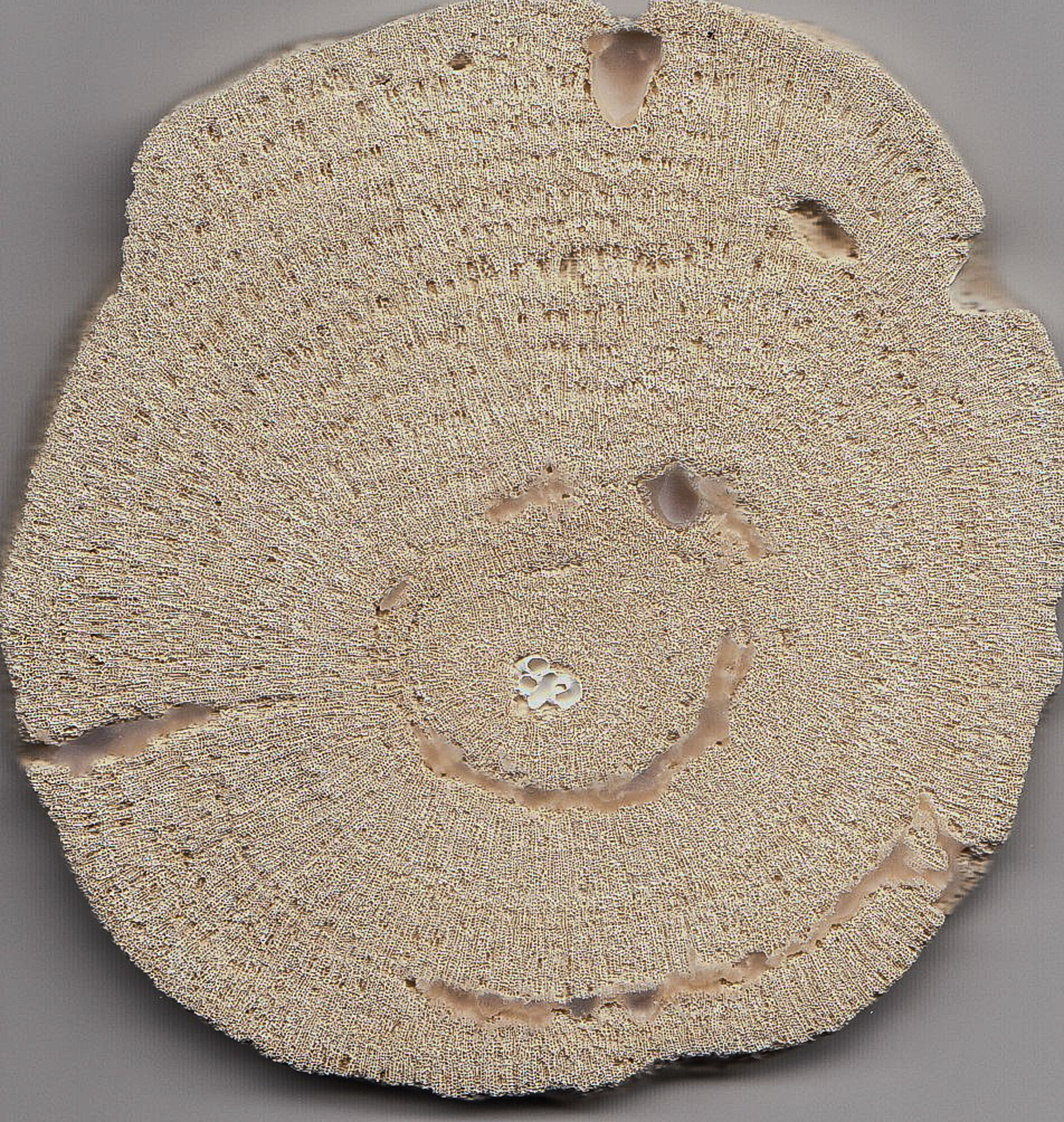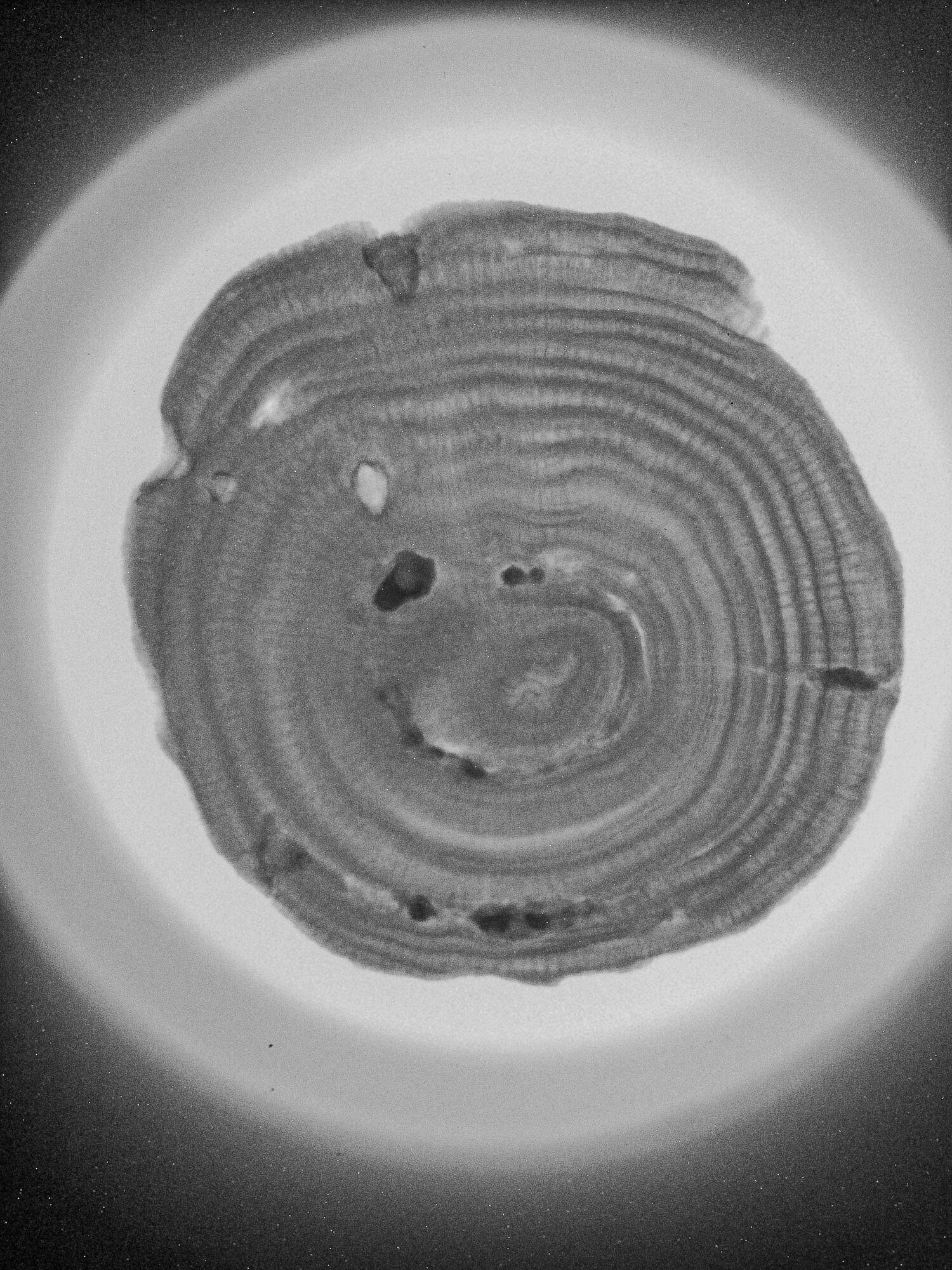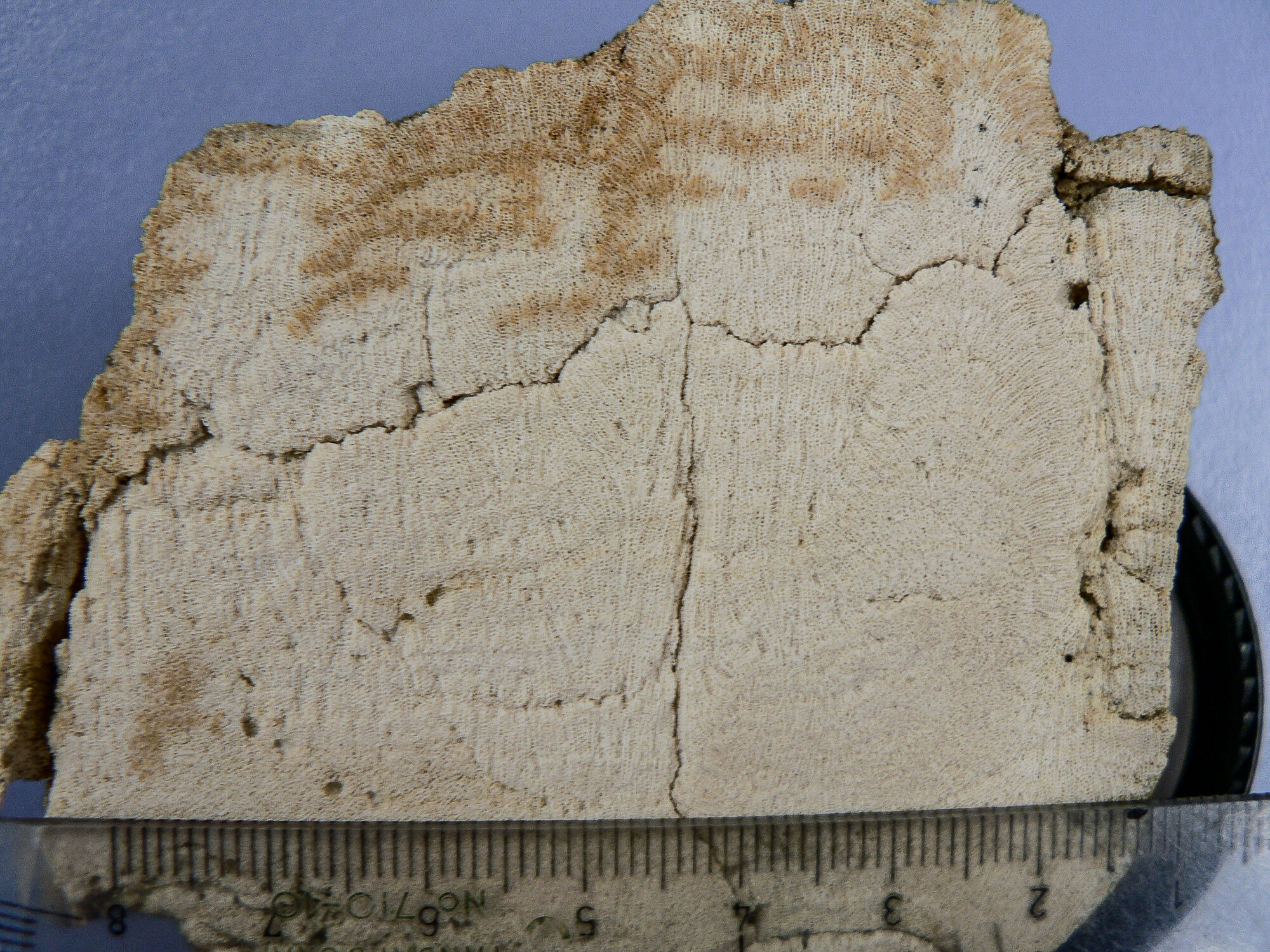The researchers from the Universities of Greifswald, Leipzig, and Mainz, as well as the National Autonomous University of Mexico, used seasonal geochemical and growth records to reconstruct how the fossil corals responded to environmental changes during the Middle Miocene. They presented their results in a scientific article recently published in Communications Earth & Environment. The corals could actively regulate the pH value and the saturation level of their internal calcifying fluid. Thus they had a mechanism that helped them to withstand adverse environmental conditions. However, this physiological adaptation did not enable them to compensate the unfavourable conditions in full: “The corals had an extremely low growth rate and their skeletons were only weakly calcified. We assume that this had a considerable impact on the development of reef structures,” explains Dr. Markus Reuter, Research Associate in the field of palaeontology at the University of Greifswald and lead author of the study.
Reuter received the coral fossils from the collections of the Natural History Museum Vienna (Austria) back in 2006. They were recovered at the beginning of the 20th century from sites that are no longer accessible. However, 20 years ago, methods to sample the fragile and slow-growing corals for high-resolution geochemical analysis did not exist. Since then, new techniques have been developed that allow such detailed analyses even with minimal material, which is why the researchers have now been able to conduct the study.
To perform the examination, Reuter first cut the corals into slabs, which were then X-rayed. The X-ray images enabled him to determine the original growth patterns and calcification rates. Next, he extracted very thin rods from the coral slabs that he analysed with a laser to ascertain the concentrations of elements in the fossil coral skeletons. In the final stage of sampling, he milled the rods into a fine powder for stable isotope analysis. The resulting data provided detailed information about the environment and responses to environmental stress.
Strongest oceanic acidification of the last 22 million years
The corals from the museum in Vienna belong to the genus Porites. This makes the study particularly interesting, as this genus of corals still exists today. It is widely distributed in the Indo-Pacific and is often used for paleoclimate and coral growth studies. This enables the comparison of corals that are millions of years old with those living today.
“With our research, we were able to show that the formation of the calcareous coral skeletons was negatively influenced by temperature stress and what was likely the most intense oceanic acidification of the last 22 million years,” says Markus Reuter. “We found that the corals possessed mechanisms that allowed them to mitigate the effects of ocean acidification and maintain the calcification process. However, the combination of stress by ocean acidification and distinct seasonal temperature changes pushed them to their limits of resilience. We therefore assume that seas at higher latitudes are probably not suitable climate change refuges for tropical reef corals.”
Further Information
Reuter, M., D’Olivo, J.P., Brachert, T.C. et al. Mid-Miocene warmth pushed fossil coral calcification to physiological limits in high-latitude reefs. Commun Earth Environ 6, 569 (2025). https://doi.org/10.1038/s43247-025-02559-9.
Contact at the University of Greifswald
Dr. Markus Reuter
Friedrich-Ludwig-Jahn Str. 17A
17487 Greifswald, Germany
Tel: +49 3834 420 4586
markus.reuteruni-greifswaldde
https://www.researchgate.net/profile/Markus-Reuter-2?ev=hdr_xprf



